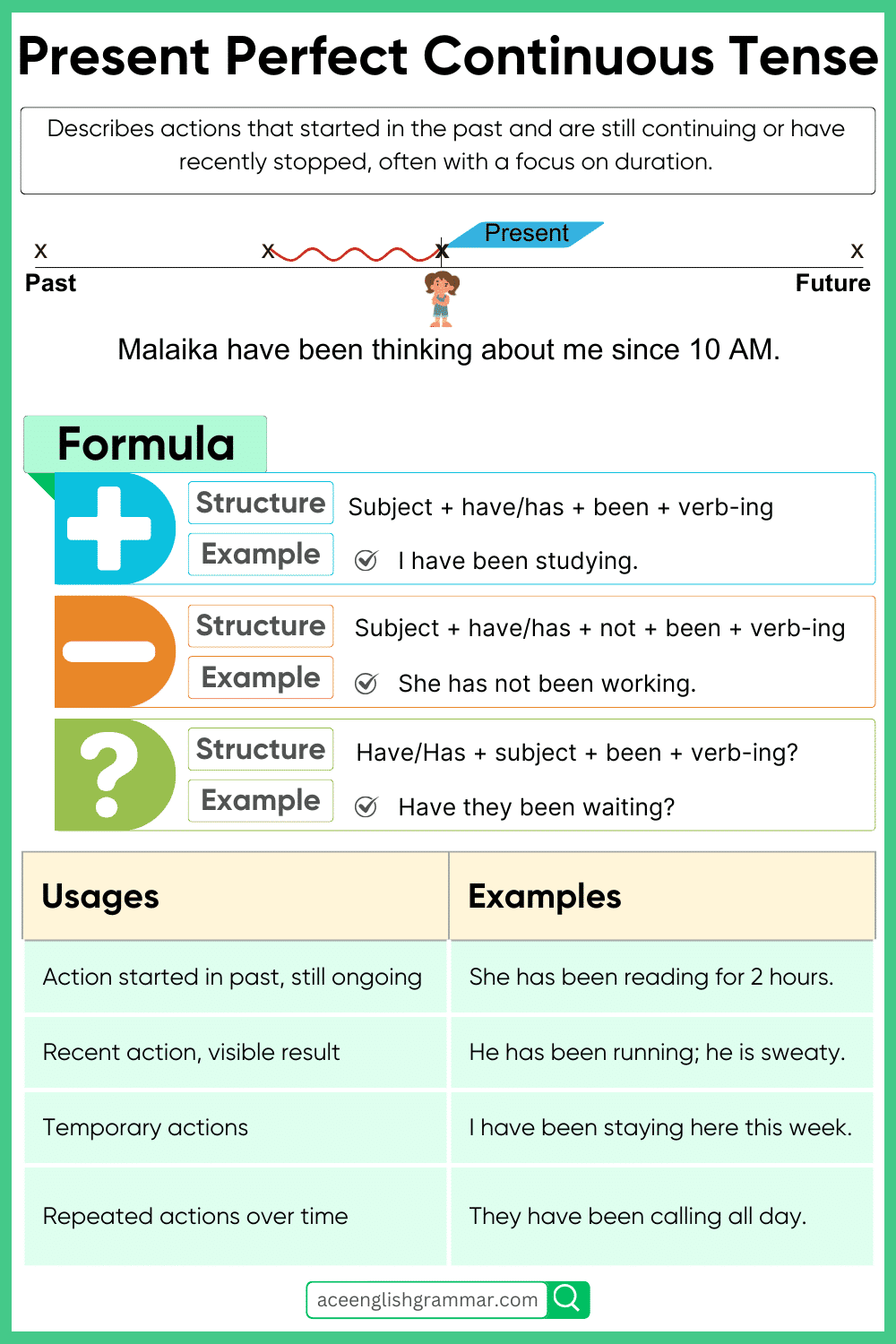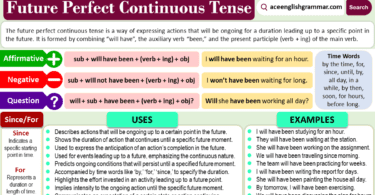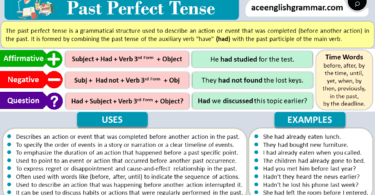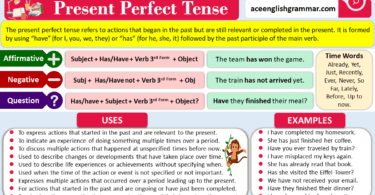Many English learners find the Present Perfect Continuous Tense confusing, especially when it comes to using it for ongoing actions. This tense is important for talking about actions that started in the past and are still continuing. But students often struggle with the correct structure and time expressions. This blog post helps learn Present Perfect Continuous Tense structure, rules, and examples to boost accuracy and fluency. Understanding this tense will improve your ability to describe ongoing experiences clearly.
Table of Contents
What is the Present Perfect Continuous Tense?
The Present Perfect Continuous Tense is used to describe actions that began in the past and are still happening or just stopped, often with a focus on the duration of the action.
How Do We Form the Present Perfect Continuous Tense?
Affirmative (+)
Subject + has/have + been + verb (ing) + Object
Examples:
- Fatima has been learning Arabic for three months.
- They have been building the house for a year.
- I have been reading this book since morning.
Negative (–)
Subject + has/have + not + been + verb (ing) + Object
Examples:
- Ahmed has not been attending his classes regularly.
- We have not been eating outside lately.
- She has not been working on the project.
Interrogative (?)
Has/Have + Subject + been + verb (ing) + Object?
Examples:
- Have you been studying for the exam?
- Has he been living in Lahore for long?
- Have they been waiting for the bus?
Use of “Since” and “For” in Present Perfect Continuous Tense
“Since” and “for” help express the duration of the action.
- Use “since” to indicate the starting point of the action, referring to a specific time.
- I have been studying English since January.
This shows that the action began in January and continues now.
- I have been studying English since January.
- Use “for” to show the duration of the action, referring to a period of time.
- They have been waiting for two hours.
This highlights the length of time the action has been happening.
- They have been waiting for two hours.
When to Use the Present Perfect Continuous Tense
- Ongoing Actions
This tense emphasizes actions that started in the past and continue in the present.- She has been working here for five years.
This suggests the action is still happening.
- She has been working here for five years.
- Duration of Actions
It is particularly helpful when you want to emphasize the amount of time something has been happening.- I have been reading this book for a week.
- Temporary Situations
The tense can also indicate temporary actions or states.- He has been staying with us while his house is being repaired.
- Recent Activities
It can also describe actions that were recently completed but have effects in the present.- I am tired because I have been running.
- Expressing Concern or Annoyance
Sometimes, this tense is used to express concern or irritation about a continuous action.- You have been making a lot of noise!
Time Expressions with the Present Perfect Continuous Tense
Certain words are often used with this tense to clarify the duration or timeframe of the action:
- For
- Since
- All day
- Recently
- Lately
- This week
- For a while
- Since last Monday
These time expressions help indicate how long something has been happening.
Subject-Verb Agreement in Present Perfect Continuous
| Subject | Helping Verb |
|---|---|
| I / You / We / They | have been |
| He / She / It | has been |
Rules for Forming the Present Perfect Continuous Tense
- Formation:
Use “have/has” + “been” + the present participle (verb + ing).- She has been reading for hours.
- Subject-Verb Agreement:
Use “has” for singular subjects (he, she, it) and “have” for plural subjects (I, you, we, they).- He has been working late.
- Emphasis on Duration:
The tense focuses on actions that started in the past and continue into the present.- We have been cleaning the house since morning.
- Use of “Since” and “For”:
“Since” points to the start time, while “for” indicates the duration.- They have been playing soccer since noon.
Examples of Present Perfect Continuous Sentences
Affirmative (+)
- She has been learning French for a year.
- They have been running every morning.
- I have been working on this task since last night.
- We have been studying for our exams.
- He has been waiting for the doctor.
Negative (–)
- She has not been sleeping well lately.
- I have not been going to the gym.
- They have not been coming on time.
- He has not been talking to anyone.
- We have not been traveling due to exams.
Interrogative (?)
- Has she been learning the Quran?
- Have they been cleaning the house?
- Have you been attending your classes?
- Has he been driving for long?
- Have we been doing it correctly?
Present Perfect Continuous Tense in Questions
When forming questions, we start with “have” or “has” before the subject, followed by “been” and the present participle.
- Have you been studying for the exam?
- Has she been working on the report all day?
- Have they been practicing for the game?
Common Mistakes and How to Avoid Them
- She has been eats lunch. ❌
- She has been eating lunch. ✅
- We have being studying English. ❌
- We have been studying English. ✅
- Has you been working all day? ❌
- Have you been working all day? ✅
- He have been waiting for you. ❌
- He has been waiting for you. ✅
- I has been reading this book.
- ❌I have been reading this book. ✅
Present Perfect Continuous Tense Exercises
Fill-in-the-Blanks Exercises
- Zainab ______ (read) that novel for two hours.
- We ______ (not prepare) for the meeting.
- ______ you ______ (wait) for the bus long?
- He ______ (work) in this office since March.
- They ______ (play) cricket all afternoon.
Answers:
- has been reading
- have not been preparing
- Have, been waiting
- has been working
- have been playing
We use it for actions that started in the past and are still continuing or have recently stopped, especially with a focus on duration.
Subject + has/have + been + verb (ing)
Common ones include since, for, lately, recently, all day, and this week.
Present perfect focuses on the result; present perfect continuous focuses on the duration or process of the action.
Read More





Leave a Comment